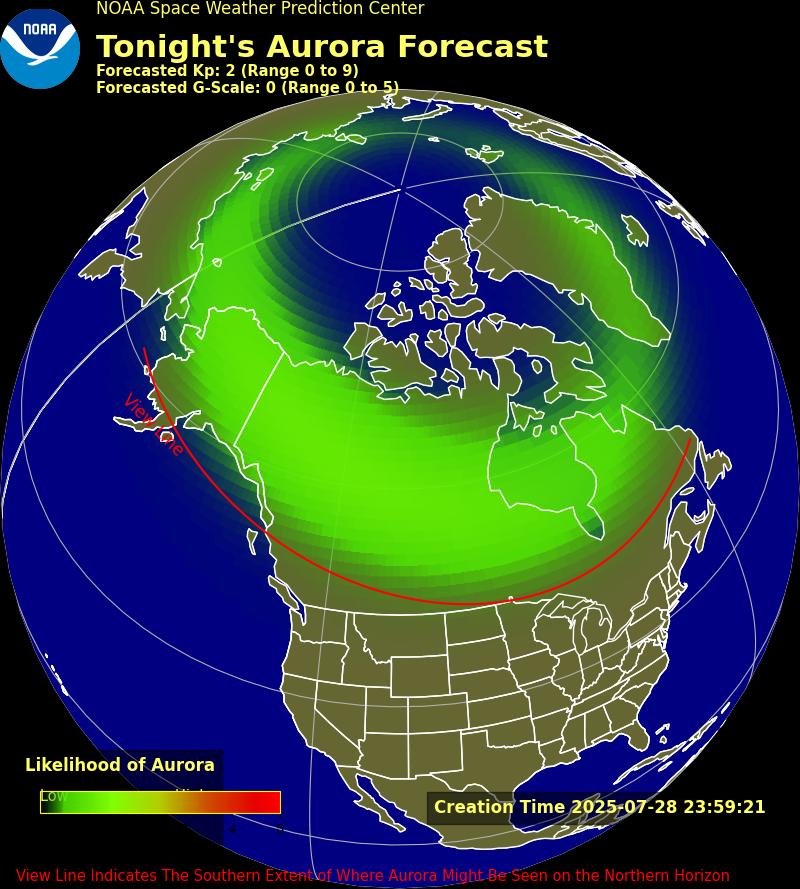|
|
||||
| Log In | ||||
|
| ||||
| ||||
| ||||
| ||||

FUNCTIONAL DESCRIPTIONThe RA1216 is an intelligent 16 channel analog-to-digital converter. It also contains three digital-to-analog converters and parallel digital input/output ports. RA1216 communicates with a host computer via opto-isolated asynchronous EIA RS485 half-duplex serial communications.A built in watchdog timer resets the unit, if, for some unexpected reason, its microcontroller "hangs up", or if the power supply voltage drops below 4.75 VDC. The microcontroller may also be reset by an external input. Data collected by the pod is stored in local RAM for later access through the host computer's serial port. This feature facilitates a stand-alone mode of operation. The following paragraphs describe the major functional parts of RA1216. Analog InputsThe RAD1216 uses a 12-bit successive approximation analog-to-digital converter (A/D) capable of 50K conversions per second. A/D conversions may be initiated either by software command or by an external input. The pod accepts up to 16 single-ended analog inputs (or 8 differential). Solid state multiplexers are used and, to prevent crosstalk and improve stability between channels, the multiplexer input is shorted to ground before each channel selection. That short is maintained for a time period sufficient to discharge the multiplexer's output capacitance.The RA1216 pod can be configured to accept inputs from a variety of sensor types. Inputs are overvoltage protected up to 200VDC. Model RA1216 accepts voltage inputs and has 15 voltage ranges. The voltage range used can be programmed on a channel-by-channel basis. Model RA1216T/C accepts up to 7 thermocouple inputs from the most commonly used thermocouple types. This model includes an onboard temperature sensor used for cold-junction compensation, and break-detect resistors are available. Model RA1216R can accept inputs from up to eight 3-wire RTDs. Model RA1216I accepts up to eight 4-20mA current transmitter inputs. Model RA1216BC also provides eight bridge completion circuits for quarter-bridge strain gage applications. Each input can be programmed with an offset of up to 5 volts generated by an integral digital to analog converter. This allows easy scaling and shifting of an input signal to take advantage of the pod's full input ranges. Analog OutputsThree 12-bit digital to analog to digital converters provide simultaneous voltage and current outputs. Voltage outputs are independently programmable in two ranges: 0-5Volts and 0-10Volts. Simultaneously each D/A can provide 4-20mA outputs. These current outputs are derived from user-supplied compliance voltages from 5.5V to 30V.Digital I/OSeven bits of digital I/O are provided. These can be software configured on a bit-by-bit basis as either inputs or outputs. Digital inputs are sensed at TTL levels and higher, up to 50Volts. There is also one interrupt input (TTL levels). Each digital output provides compliance with user-supplied voltages up to 50VDC and the maximum sink current per output bit is 350 mA. For the seven bits, there is a maximum combined total of 650 mA current.Power SuppliesRA1216 requires two power sources to maintain opto-isolation. A small amount of 7.5 VDC to 24VDC power is required by the opto-isolated section, and that can be supplied by the host computer if a four-wire connection is made. Alternatively, you can use a separate power supply. The remainder of the pod is powered by an external, local power supply of 12VDC to 18VDC.I/O ConnectionsThere is a screw terminal assembly inside the top cover of the pod and a gland is provided to seal wiring for full NEMA compliance. You can assemble a cable of whatever length you need, route it through the gland, and terminate the cable at the other end by whatever means best fits your application. I/O Screw terminal assignments are listed in the label on the cover of the pod.SpecificationsReturn to Product Description
Regulatory Compliance
Return to top Acquisition Control Communications Engineering / Systems |
||||||||||||||||||||||||||||||











